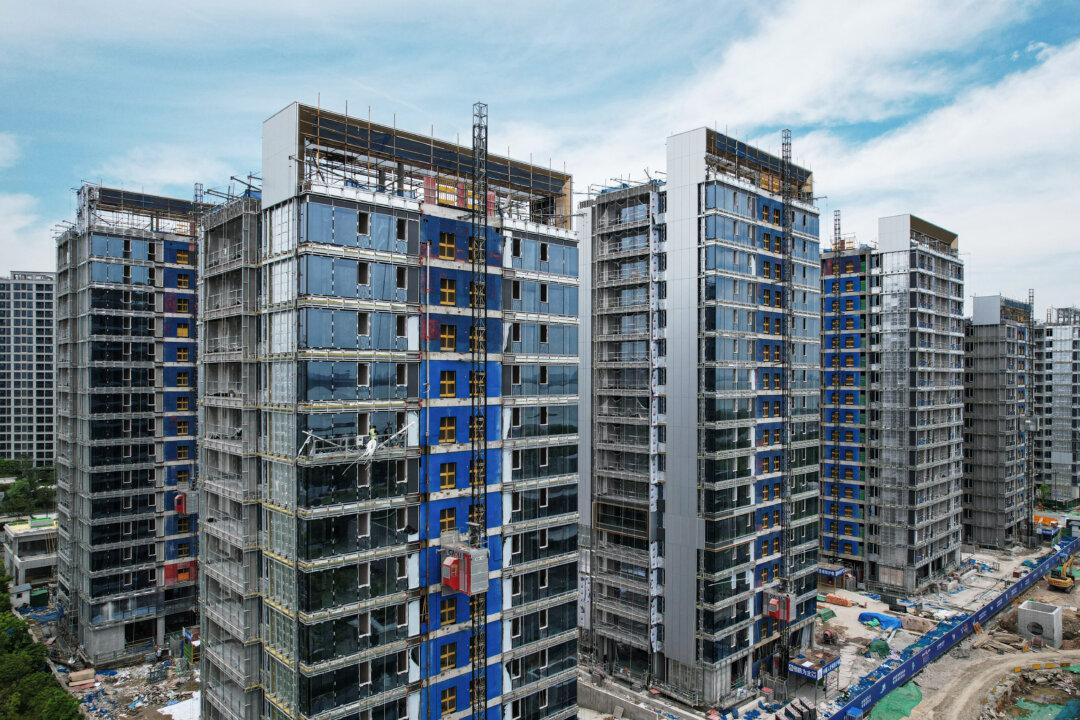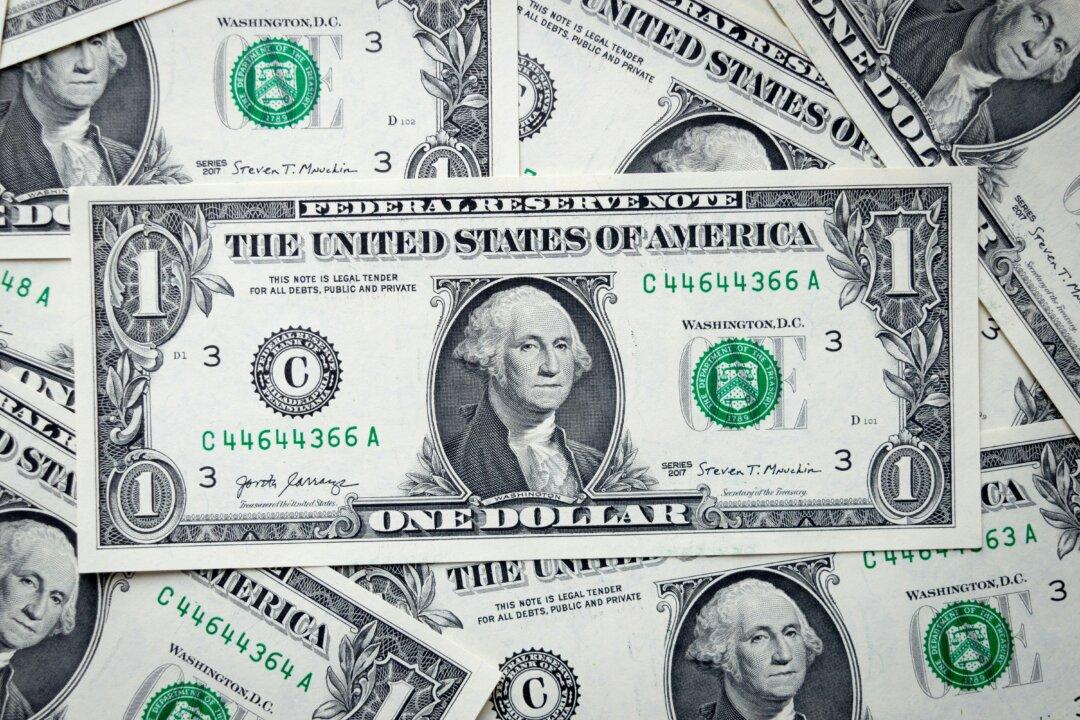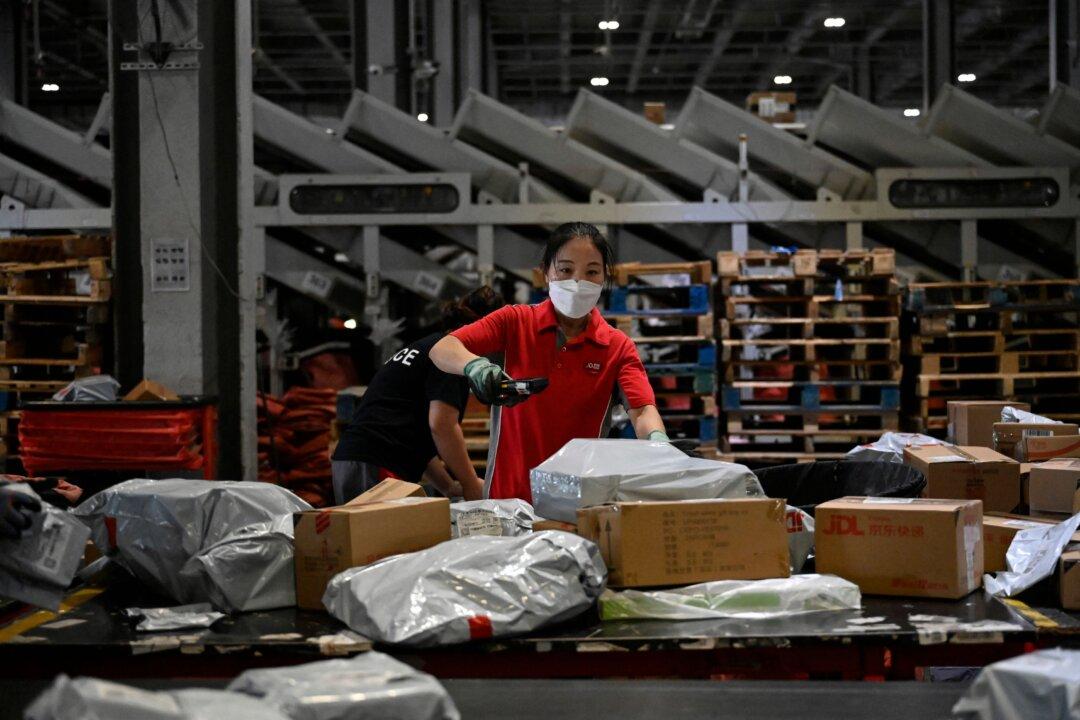Muted global demand, deflationary pressures, and a faltering real estate market continue to dent China’s growth, as the world’s second-largest economy slowed to 4.9 percent on the year in the July–September period, down from 6.3 percent the quarter before, according to the National Bureau of Statistics (NBS) on Wednesday.
The NBS also warned that the external environment was growing “more complex and grave” and that domestic demand was still insufficient.





